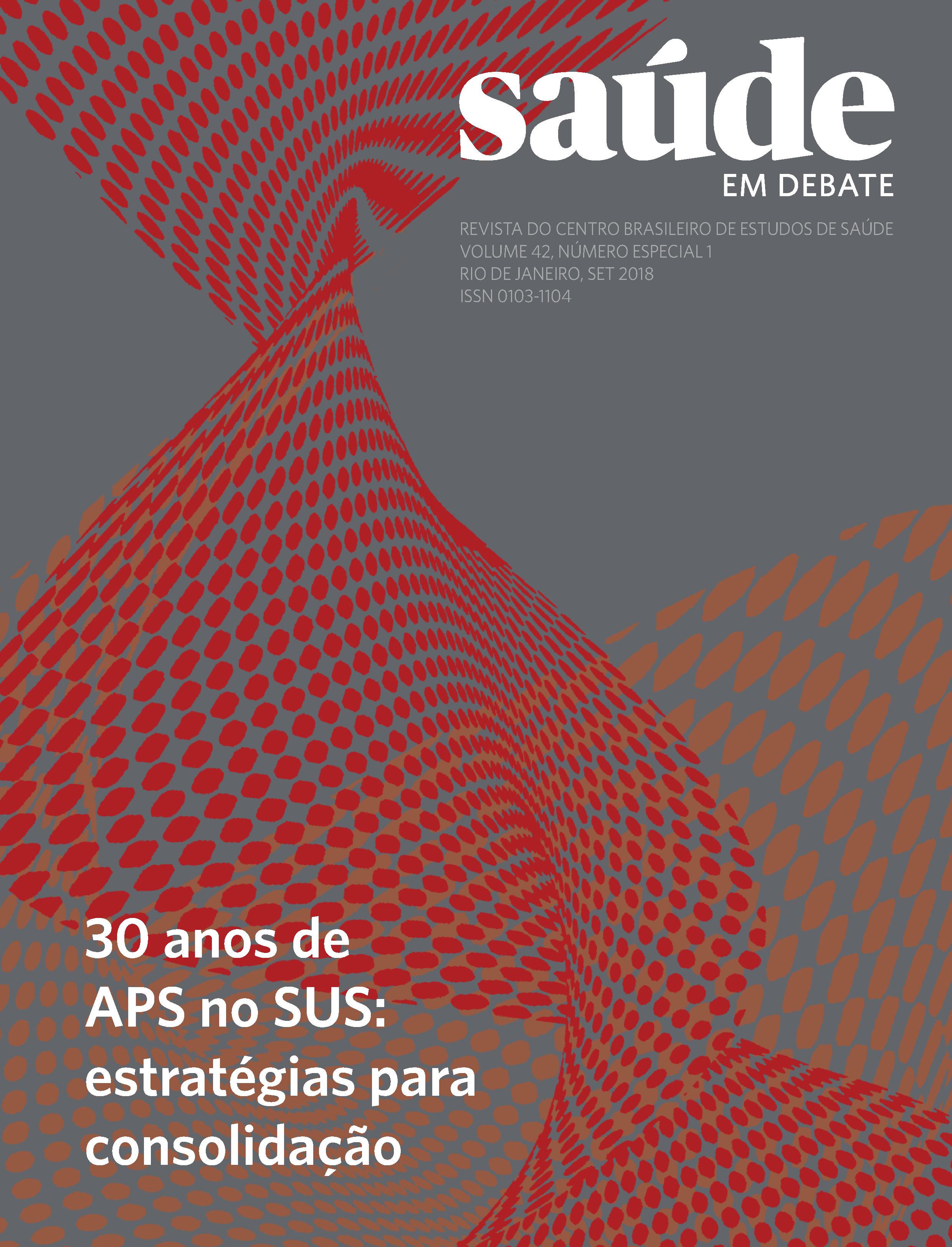Access and coverage of Primary Health Care for rural and urban populations in the northern region of Brazil
Keywords:
Health services accessibility. Rural population. Primary Health Care.Abstract
Access inequities to the Unified Health System compromise the assurance of primary health care for rural populations and other groups in situations of vulnerability. A cross-sectional study that evaluated users’ access and coverage of Family Health Teams (FHT) from the seven states of the Northern region of Brazil and that joined the external evaluation of the second cycle of the National Program for Access and Quality Improvement in Primary Care (PMAQ-AB). For the region as a whole, the assistance coverage of teams based in rural, urban and urban areas that declared covering rural populations was 83.3%. Coverages between 90-100% were found for Acre, Amapá, Roraima and Tocantins. Lower percentages were found in Pará (50.5%) and Amazonas (60.5%). The coverage extension hides geographical access barriers related to the concentration of Family Health Strategy teams in urban areas, a situation that involves 451 (25.3%) units and 494 (22.9%) teams in charge of serving rural populations, but which act in urban area, adding barriers to the arrival of users to the units. Difficulties in welcoming spontaneous demand, appointment scheduling and availability of transportation for care were also reported.
Downloads
Published
How to Cite
Issue
Section
License
Copyright (c) 2023 Saúde em Debate

This work is licensed under a Creative Commons Attribution 4.0 International License.




















